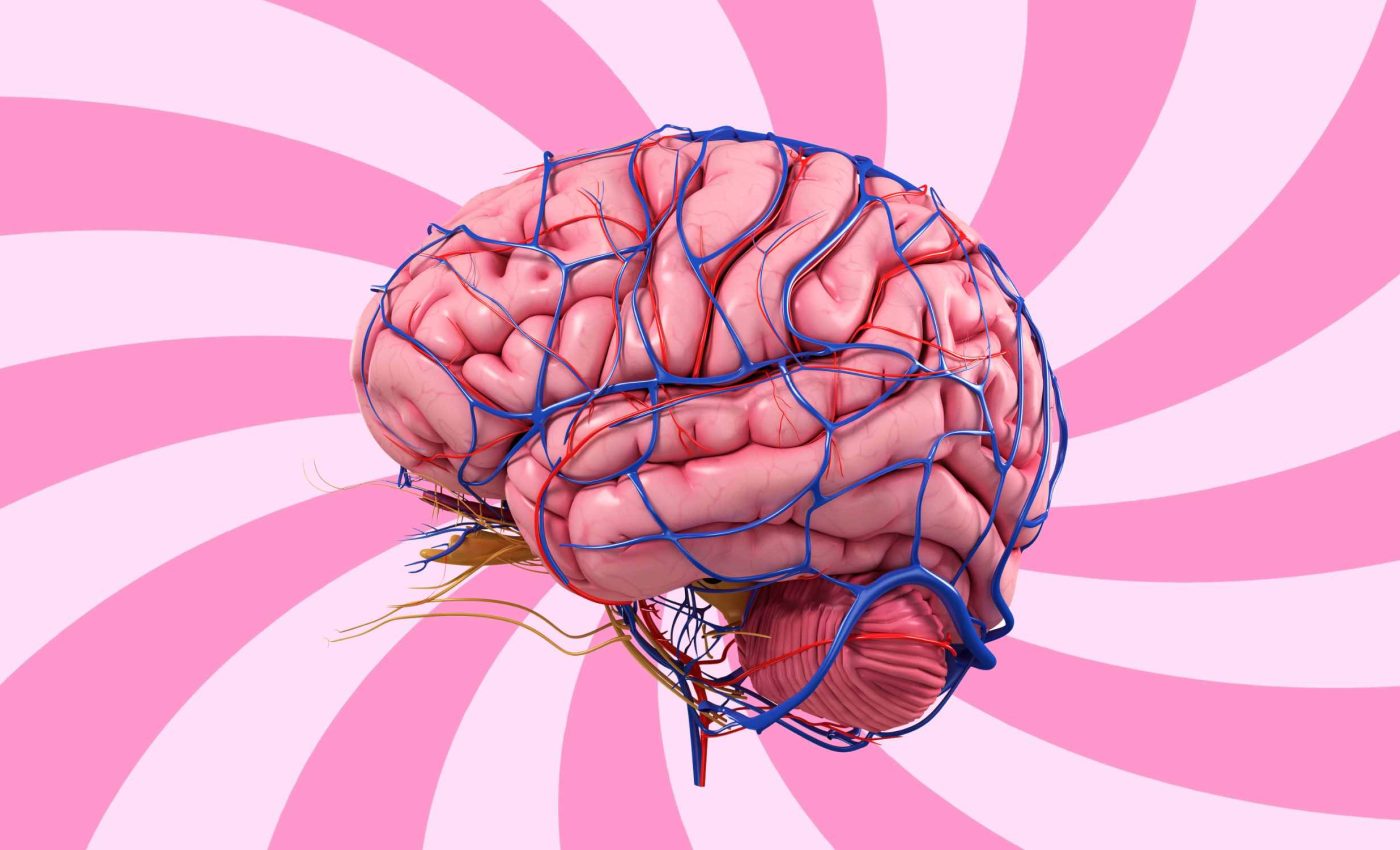
The brain reacts more strongly to potential harm than to potential relief
Many of us can recall times when a twinge of discomfort made us uneasy far more than a soothing moment put us at ease. Our brain reacts and certainly seems to put extra weight on signals that say something bad might be coming.
This research, conducted by Dr. Ulrike Bingel at the University Hospital Essen, tackled a puzzle that has long kept experts on their toes. They wanted to know why negative suggestions bring on stronger responses than positive ones when it comes to pain.
Power of suggestion: Placebo and nocebo
Placebo describes a helpful effect triggered by positive expectations of relief. Nocebo is its darker twin, sparking an increase in symptoms just from negative thoughts about a treatment or situation.
An earlier investigation showed nocebo responses happen even when a person only hears warnings about possible side effects. Scientists point out that this is linked to anxiety and attention, which can spike with a single negative comment from a trusted source.
Why relief fades faster than fear
Positive experiences, like a drop in pain, often feel less memorable than unpleasant ones. Studies suggest that our minds don’t replay comfort with the same intensity or frequency as they do discomfort.
Fear and discomfort seem to leave a deeper mark. That’s likely because the brain treats them as warnings to remember and avoid in the future – making comfort easier to forget and fear harder to shake.
Why negative cues stick more
Some experts explain that our minds are wired to keep us safe. That may explain why nocebo cues are remembered so strongly, even when we have only experienced them once.
“Significant placebo and nocebo effects were detected on day 1 and day 8, but nocebo effects were stronger on both test days,” reported Bingel. This tendency ties into an evolutionary idea often called the ‘better safe than sorry’ strategy.
The brain’s bias toward bad news
Research in neuroscience shows that the brain tends to light up more, reacting more to threats than to rewards. This reaction happens quickly, sometimes even before we fully realize what we’re reacting to.
This could explain why even a subtle negative expectation – like the possibility that something might hurt – grabs our attention and sticks with us. It’s not just emotional; it’s wired into how our nervous system responds to the world.
What role does personal experience play
When individuals feel pain is eased, that personal experience can shape what they expect next time. But if a past situation suggested pain might get worse, that memory can loom large.
Scholars note that repeated experiences of pain reduction can slowly build trust in a treatment. Yet if negative signals stand out more, they may overshadow positive ones, which makes neutral or even reassuring messages seem less convincing.
Practitioner connection and beliefs
If a care provider seems highly competent, that might unintentionally boost nocebo responses when they mention potential downsides. Patients may trust them so much that any warning sounds like a sure threat.
Certain traits, like somatosensory amplification (tendency to notice and worry about physical sensations), also appear to tamp down the strength of a placebo effect. During short lab tests, participants with that tendency seemed less likely to feel relief from positive suggestions.
Possible ways to address nocebo effects
Communication strategies that reduce needless worries may ease nocebo effects. Simple changes to phrasing can shift focus away from worst-case scenarios.
Addressing everyday stress might help, too. Since anxious thoughts feed negative expectations, steps to calm the mind can prevent nocebo responses before they snowball.
Nocebo effects don’t just cause discomfort in the moment – they may also change the way people act in the future. If someone links a harmless activity or medication with pain or side effects, they might start avoiding it altogether.
Over time, this avoidance can build into broader patterns like skipping doctor visits, refusing useful treatments, or becoming wary of all health interventions. These patterns might quietly reduce quality of life and increase the risk of unmanaged conditions.
How the brain reacts: Looking ahead
Many clinical teams plan to keep looking at how negative expectations gain momentum. By pinpointing personal and social cues that drive nocebo effects, they hope to improve care and reduce treatment dropouts.
A deeper awareness of these findings could shape how doctors talk about treatments. Small adjustments to conversation style or tone might go a long way in protecting patients from nocebo-driven problems.
The study is published in eLife.
—–
Like what you read? Subscribe to our newsletter for engaging articles, exclusive content, and the latest updates.
Check us out on EarthSnap, a free app brought to you by Eric Ralls and Earth.com.
—–













